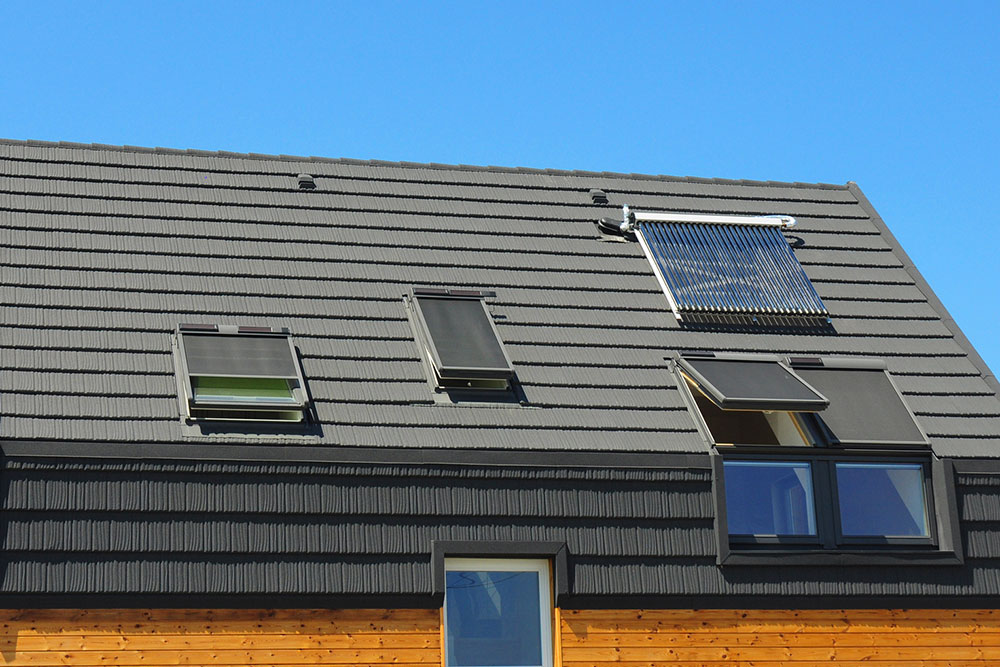6 Things to Know Before Choosing Energy-Efficient Windows
Energy-efficient windows are designed to prevent heated or cooled air from escaping a home. Conditioned air carries energy, so letting it leave will only result in a waste of good, valuable resources. New energy-efficient windows reduce the workload on an HVAC system, bringing down electricity usage. Such windows help maintain stable indoor temperatures throughout the year, providing comfort while saving energy. They also contribute to environmental sustainability by reducing overall carbon emissions.
1. Ensure complementary interior treatments
Apart from choosing products from well-known energy-efficient window companies, specific interior treatments are also needed to make one’s home energy-efficient. The right curtains and blinds are some important energy-efficient replacements, as they help control the amount of energy a window lets in.

Blinds prevent solar heat gain during warm seasons and promote heat gain during cooler months of the year. These interior treatments play a pivotal role in maximizing the effectiveness of energy-efficient windows.
2. Look for an NFRC label
The National Fenestration Rating Council (NFRC) is an organization that rates the energy efficiency of products and issues guidelines for the same.
3. Ensure proper window installation and placement
How the window is integrated and fitted into a sill and how well it is placed play a key role in the product’s overall performance. Proper, professional window installation prevents air infiltration and water damage to one’s home. Addressing both of these problems can be expensive.
Windows that are not installed properly will not function smoothly. Poorly installed windows result in air leaks and drafts, which destabilize the heat flow of a home. Improper installation also compromises the energy efficiency these windows are designed to provide, undermining the significant investment behind them.
For window placement, homeowners must choose a few layers of thermal protection for their windows to optimize their insulation.
- Reflective glass coatings to reflect summer heat and retain home cooling
- Glass layers that block harmful UV rays and prevent fade damage
- Reflective glass coating that helps retain interior heat and reflect cold winds during winters
4. Optimize window location
The location of a window in one’s home may seem insignificant, but several studies have found that it impacts energy efficiency. In fact, window placement affects the energy usage of a home on a micro and macro level. On a macro level, the location of a home in a given zone determines how energy efficient it can be. On a micro level, windows located in specific places in a home affect the energy efficiency of the space.
For instance, people who live in cold climate areas will need more power-consuming insulation methods. If a window is located in a specific part of a home that is near plenty of trees, then only less sunlight will penetrate the home through the window.
Given these considerations, homeowners must seek professional assistance when building their homes to strategically decide where to place the windows.
5. Optimize window framing
Window frames are made from various materials. The type of frame one chooses affects the window’s overall energy efficiency, as each material has its own unique insulating abilities. Wood windows have low conductivity, so they keep heat and cold from getting out of one’s home. Similarly, fiberglass frames offer good insulation, keeping a home’s indoor space well-regulated.
Choosing the right frame is all about finding the right balance between aesthetic preferences and performance in terms of energy efficiency and usage.
6. Choose windows with the right design
Energy-efficient windows come in all shapes and sizes, and homeowners usually select these products based on their specific preferences. Each style of window affects the product’s overall energy efficiency. For example, double-hung windows are traditional units found in many (especially pre-war) homes. These windows function by sliding the bottom sash upward to open it and downward to close it. These windows are not great for places with extreme climates, as plenty of air intrusion can occur between their sliders. Picture windows are non-operable, and they become more or less energy-efficient based on the choice of glass used to build them. Lastly, casement windows seal themselves tighter when the wind blows inside a home. This makes these windows stable and efficient. They also add a pleasing esthetic touch to a space.
Overall, a home’s design language dictates its window style. So, one can select the best window style that suits their home by considering factors such as climate conditions, functionality, and the architectural style of their space.

